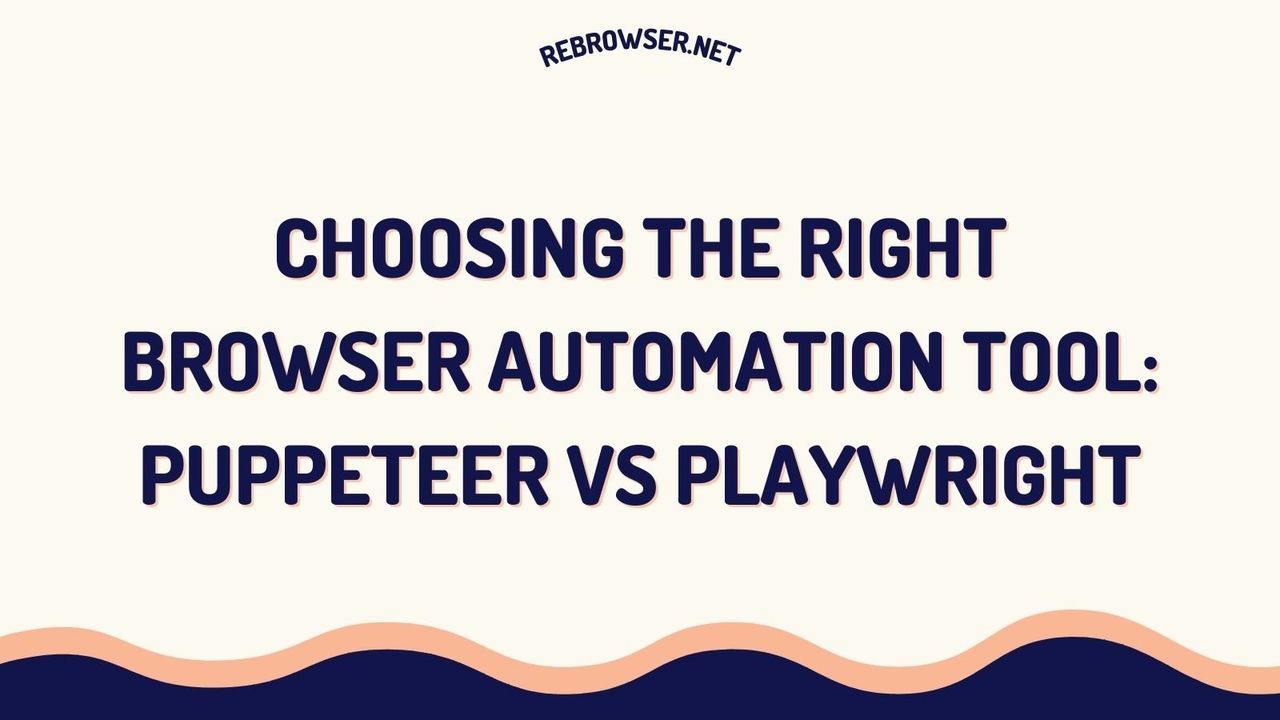What is a Dataset? Definition, Types, and Best Practices for Data Success
Key Takeaways
- A dataset is a structured collection of related data points organized for analysis and processing, serving as the foundation for data science, machine learning, and business intelligence
- Modern datasets come in various types including structured, unstructured, and semi-structured, each requiring different tools and approaches for effective management
- Best practices for dataset management include proper documentation, version control, quality assurance, and ethical considerations around privacy and bias
- The success of AI and machine learning projects heavily depends on the quality and proper preparation of training datasets
- Organizations need a comprehensive dataset strategy that addresses data governance, security, and scalability concerns
Introduction
In today's data-driven world, understanding datasets is crucial for anyone working with data, from business analysts to machine learning engineers. A dataset is more than just a collection of numbers or text - it's the foundation upon which modern analytics, artificial intelligence, and business intelligence are built. This comprehensive guide will explore what datasets are, their types, best practices for working with them, and their critical role in driving business success.
What is a Dataset?

A dataset is a structured collection of related data points organized in a way that makes them accessible for analysis and processing. Think of it as a digital container that houses information in a consistent, organized format. Modern datasets can contain various types of information, from simple numerical values to complex multimedia content, often collected through methods like data scraping or API integration. Learn more about various data collection methods in our guide to choosing between web scraping and APIs.
Core Components of a Dataset
- Variables: The specific attributes or characteristics being measured
- Observations: Individual data points or records
- Metadata: Information about the dataset itself, including its source, structure, and usage guidelines
- Schema: The formal structure defining how data is organized
Types of Datasets
1. Structured Datasets
Structured datasets organize information in predefined formats, typically tables with clearly defined rows and columns. Examples include:
- Customer databases with standardized fields
- Financial transaction records
- Sensor data streams
- Product inventory databases
2. Unstructured Datasets
Unstructured datasets contain information that doesn't fit into traditional data models. Common examples include:
- Social media posts and comments
- Email content
- Audio recordings
- Images and videos
3. Semi-structured Datasets
Semi-structured datasets combine elements of both structured and unstructured data, often using flexible schemas. Examples include:
- JSON documents
- XML files
- Log files
- NoSQL databases
Best Practices for Dataset Management
1. Data Quality Assurance
Maintaining high data quality is crucial for reliable analysis and decision-making. The ETL process plays a vital role in ensuring data quality. Key practices include:
- Regular data validation and cleaning
- Standardized data entry procedures
- Automated quality checks
- Documentation of quality control processes
2. Documentation and Metadata
Proper documentation ensures datasets remain useful over time. Essential elements include:
- Detailed data dictionaries
- Source information and collection methods
- Processing procedures and transformations
- Usage guidelines and restrictions
3. Version Control and Governance
Implementing proper version control and governance ensures data consistency and compliance:
- Clear versioning system for datasets
- Change tracking and documentation
- Access control and permissions
- Compliance with data protection regulations
Real-World Applications
Case Study: Healthcare Analytics
A leading healthcare provider implemented a comprehensive dataset management strategy for patient records, resulting in:
- 30% reduction in diagnostic errors
- Improved patient outcomes through predictive analytics
- Streamlined reporting and compliance
Case Study: E-commerce Optimization
An online retailer used customer behavior datasets to:
- Increase conversion rates by 25%
- Reduce cart abandonment by 40%
- Improve inventory management efficiency
Dataset Tools and Technologies
Popular Dataset Management Tools
- Pandas - Python library for data manipulation
- Databricks - Unified analytics platform
- Snowflake - Cloud data platform
- TensorFlow Datasets - Collection of datasets for machine learning
Future Trends in Dataset Management
The landscape of dataset management is evolving rapidly. Key trends include:
- Automated dataset generation using AI
- Edge computing for real-time dataset processing
- Federated learning for privacy-preserving dataset usage
- Blockchain for dataset provenance tracking
Expert Tips for Dataset Success
"The quality of your dataset directly impacts the success of your AI initiatives. Invest time in proper data preparation and validation." - Dr. Sarah Chen, Chief Data Scientist at DataCorp
Key Recommendations
- Start with clear objectives for your dataset
- Implement robust quality control measures
- Plan for scalability from the beginning
- Consider ethical implications and bias
Common Dataset Challenges and Solutions
Challenge 1: Data Quality Issues
Solution: Implement automated data validation pipelines
# Python example of data validation
import pandas as pd
from pandas.api.types import is_numeric_dtype
def validate_dataset(df):
issues = []
for column in df.columns:
if is_numeric_dtype(df[column]):
# Check for outliers
mean = df[column].mean()
std = df[column].std()
outliers = df[abs(df[column] - mean) > 3 * std]
if len(outliers) > 0:
issues.append(f"Outliers found in {column}")
return issues
Challenge 2: Scale and Performance
Solution: Use appropriate data structures and optimization techniques
Challenge 3: Privacy and Security
Solution: Implement data anonymization and access controls
From the Field: Developer Perspectives
Technical discussions across various platforms reveal that working with datasets presents both common challenges and creative solutions for data professionals. A recurring theme in community discussions is the importance of initial dataset exploration and preparation before diving into analysis.
Many developers emphasize the critical importance of understanding the business context before touching the data. As one senior data analyst points out, "Start with the question you want to answer, then gather the data - not the other way around." This approach helps ensure that data exploration remains focused and productive. Practitioners also stress the value of thorough documentation review before manipulation, though many note that comprehensive documentation isn't always available in real-world scenarios.
When it comes to practical workflows, the community advocates for several best practices. Making working copies of datasets before manipulation is consistently recommended to preserve data integrity. For initial exploration, many professionals use tools like pandas-profiling or Sweetviz for quick insights, though they caution that these tools can be resource-intensive with larger datasets. Performance considerations are a frequent topic, with practitioners sharing various optimization techniques, from using specialized CSV readers like data.table's fread to converting files to more efficient formats like Parquet for repeated access.
Resource management emerges as a significant concern in real-world implementations. Developers report challenges with memory constraints when working with large datasets, particularly when using tools like pandas or trying to open files directly in spreadsheet applications. Solutions range from working with data samples during development to using specialized tools for big data processing. The community particularly emphasizes the importance of understanding data types and optimizing memory usage through appropriate type casting and column selection.
Conclusion
Datasets are the foundation of modern data science and analytics. Success in working with datasets requires a combination of technical expertise, proper management practices, and attention to quality and security. By following the best practices and guidelines outlined in this article, organizations can better leverage their data assets for competitive advantage.
Additional Resources
- Kaggle Datasets - Public datasets for practice and learning
- Data.gov - Open government datasets
- UCI Machine Learning Repository - Collection of databases for machine learning





